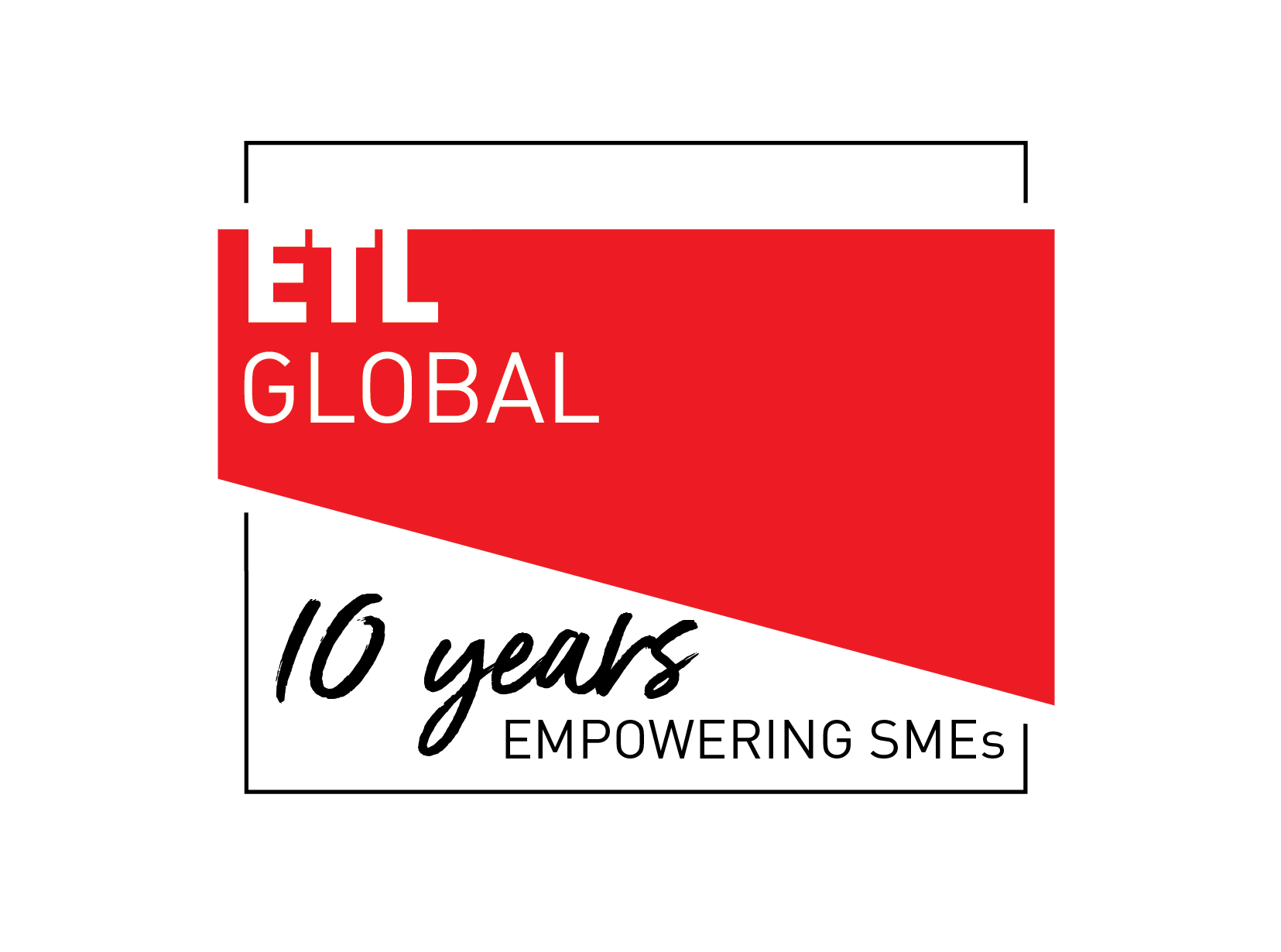New procedural tax law obligations in the Dutch implementation of Pillar Two
The Minimum Tax Rate Act 2024 (Wet minimumbelasting 2024), the Dutch implementation of Pillar Two (EU Directive 2022/2523), introduces a specific information obligation (informatie verplichting) on taxpayers to actively provide the Dutch tax authorities with correct and complete information that may be relevant in determining amounts of tax due under the Minimum Tax Rate Act. Such information must be provided to the Dutch tax authorities within two weeks after the taxpayer becomes aware that such information was not provided, or was incorrectly or incompletely provided. Non-compliance with the information obligation can, under certain circumstances, be sanctioned with a tax penalty (vergrijpboete) or criminal prosecution.
But this newly introduced information obligation is not the only information obligation there is with respect to the Dutch transfer pricing regulations.
Dutch transfer pricing documentation
According to the Dutch Corporate Income Tax Act (Wet op de vennootschapsbelasting 1969) (CIT) a taxpayer’s administration must contain documentation with regard to transfer prices. This documentation must demonstrate that the transfer prices are at arm’s length.
It is generally assumed that the regulations on information obligation can lead to a reversal of the information obligation, without otherwise also entailing an aggravation of the information obligation.
Although documentation obligations and burden of proof are often mentioned as one and the same this is not correct. The allocation of the burden of proof is separate from the documentation obligation and is usually regulated separately by law or, as in the Netherlands, left to the tax court. It is not the case that an extensive documentation obligation means that the burden of proof that the transfer prices are not arm’s-length necessarily rests on the tax authorities. Even in a country with extensive documentation requirements, such as the United States, the burden of proving the arm’s-length nature of the transfer prices remains on the taxpayer. However, in the Netherlands, the opposite is the case: the burden of proof that the transfer prices are not arm’s length rests on the tax authorities, while the documentation requirement is a very open requirement.
Approaches to information obligation
There are basically two approaches to the implement an information obligation. In the first approach, the obligation is laid down in a (relatively) open standard, leaving room for interpretation based on the facts and circumstances of the individual case. In the second approach, the information obligation is laid down in a detailed list of facts and circumstances that must be recorded. The Dutch documentation obligation is an example of the first approach. Within this Dutch approach there is room for interpretation in individual cases: not every corporate taxpayer has to provide the same information. How a taxpayer’s records should be organised depends partly on its nature and size.
Burden of proof within transfer pricing
Based upon Dutch case law it is assumed that with respect to transfer pricing the allocation of information obligation and the burden of proof can be based on the following main rules:
- The Dutch tax authorities must prove the income or profit adjustments, and
- a taxpayer must prove the application of deductions or exemptions.
Based upon those general principles the tax authorities must prove that the transfer prices used are not at arm’s length. However, if a taxpayer fails to comply with the CIT’s information obligation, this may lead to a reversal of the burden of proof. The parliamentary history shows that the taxpayers who do not provide the required information may have to substantiate that the transfer prices used are arm’s length (reversal of the burden of proof).
However, this reversal of the burden of proof requires an intermediate stage.
If a taxpayer fails to comply with certain information requests of the Dutch tax authorities, the Dutch tax authorities may issue an administrative decision (informatiebeschikking) based upon the Dutch General Tax Act (Algemene wet inzake rijksbelastingen) in the taxpayer’s name, thereby formalising the information request. When that decision becomes final and the taxpayer fails to provide the requested information, that may shift the burden of proof to the taxpayer and increase that burden of proof.
One can argue that the regulations of Dutch General Tax Act apply in full to the administration of the transfer pricing documentation as referred to in the CIT Act.
The Dutch General Tax Act stipulates that parties with a duty of administration are required to keep records of their assets and everything relating to their business in accordance with the requirements of that business in such a way that their rights and obligations, as well as other information relevant to the levying of tax, are clearly evident from such records at all times. The CIT just defines the data that must be included in the administration with regard to transfer prices. Only if the tax court rules that certain information should be included but has not been included in the administration and that this lack is so substantial that it must be judged that the obligations the Dutch General Tax Act have not been met, is there a ‘reversal of the burden of proof’.
As a rule, the sanction of reversing the burden of proof because an administration is not in order will not come into play when relatively minor errors are involved.
However, a distinction should be made between situations in which (a) taxpayers charge transfer prices (the tax authorities may wish to increase the sales prices) and (b) taxpayers who are charged transfer prices (the tax authorities may wish to disallow purchase prices as deductions).
In the last situation the taxpayer already has the burden of proof (deduction), there cannot be a reversal of the burden of proof. Pursuant to the normal rules of the distribution of the burden of proof, the taxpayer must make plausible the purchase prices he wants to deduct.
Under the normal rules of the distribution of the burden of proof, if the tax authorities wish to correct the transfer prices charged by the taxpayer at the time of sale, the first burden of proof is on the tax authorities to show that there are reasons to believe that the transfer prices used are not arm’s length. However, this will usually not quickly lead to a reversal of the burden of proof. After all, the reversal of the burden of proof is only applicable if the circumstances mentioned in the Dutch General Tax Act apply. If we then limit ourselves to the administration obligations, that administration, of which the transfer pricing records are a part, must not form a reliable basis for determining the taxable profit. This must have been established in an irrevocable information decision. Although the Dutch CIT Act contains a documentation obligation, it is an open standard that is fleshed out on a case-by-case basis. Therefore the tax authorities will not be able to substantiate easily that the documentation obligation has not been met. In practice, a reversal of the burden of proof regarding the transfer prices being at arm’s length may occur in particular cases if no transfer pricing data has been included in the records at all.
Therefore, in principle, all Dutch taxpayers, who are required to include the applicable transfer prices in their records, would do well to include documentation in their administration demonstrating that the transfer prices are at arm’s length.





